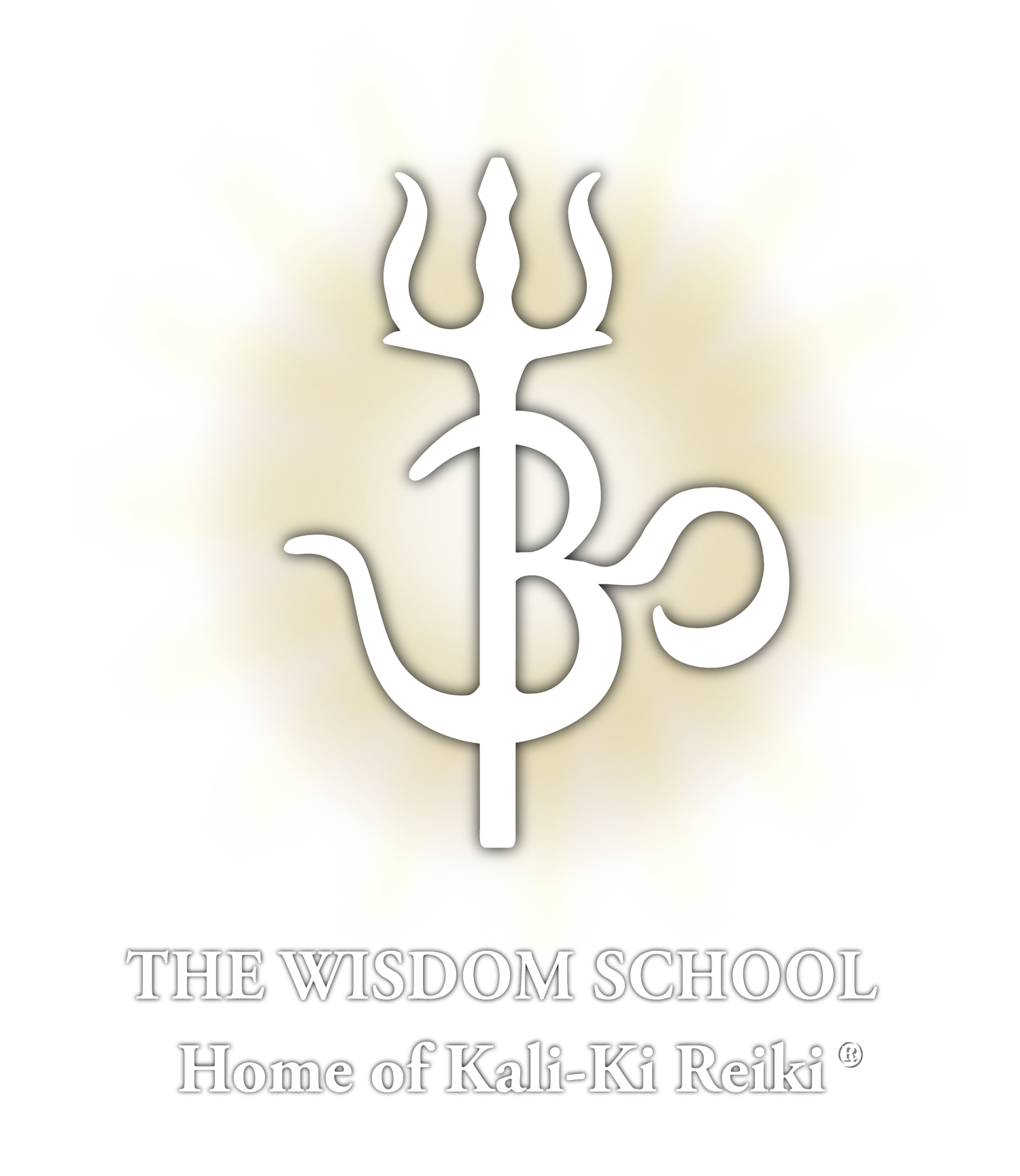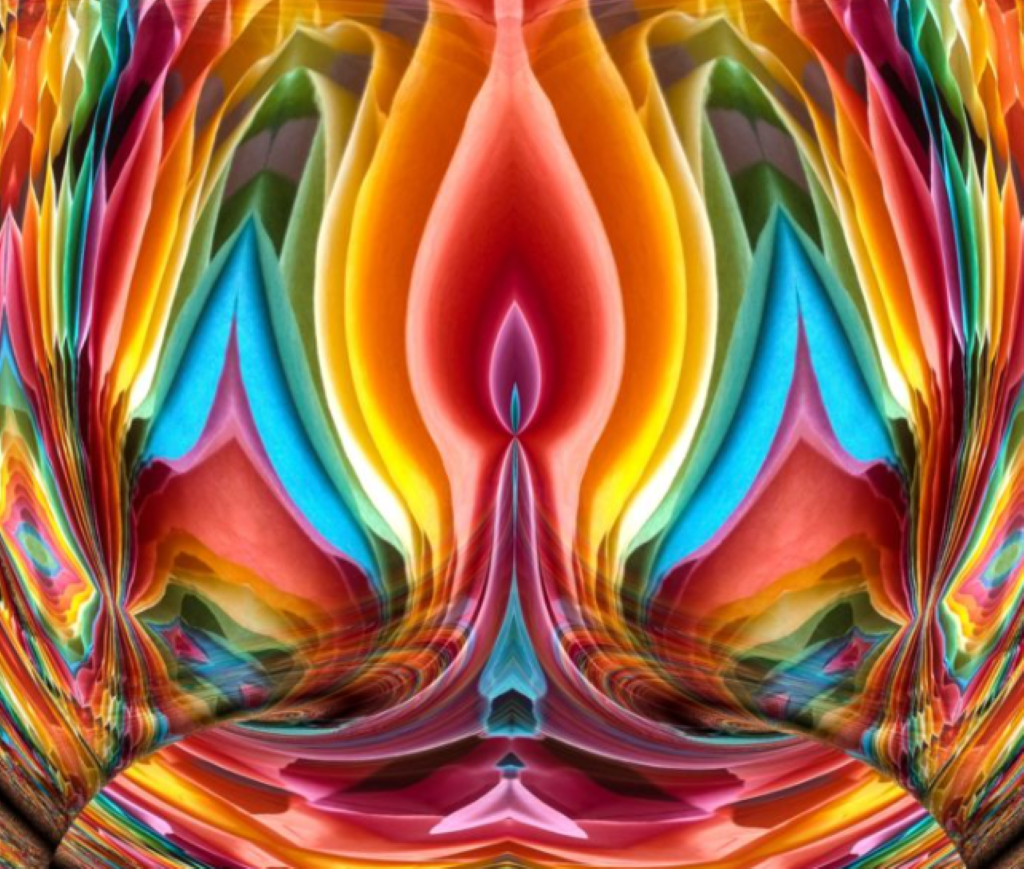ARE YOU A MYSTIC?
Are You a Mystic?
A Blog by Rajashree Maa (Joni Dittrich, Ph.D.)
Many people think of mysticism as something wildly outside the realm of ordinary experience, reserved for hermits or people from faraway times and cultures. They think of a mystic as someone special, like a saint or prophet. Yet, a 2022 study cited by the National Institutes of Health[1] showed that in a sample of over 1,000 people, more than one third (35%) reported having had at least one mystical experience. This would indicate that mystical experiences are indeed prevalent in these days and these times. Honestly, if you are reading this, I bet you, too, have had a mystical experience.
So, what is a mystic? The common definition is someone seeking, through contemplation or prayer, to glimpse or to attain perfect Oneness with the ultimate reality. That mysticism gives us access to universal wisdom or Truth. Although such definitions may apply to many of us, I would argue that there are those who have mystical experiences who aren’t seeking them and who are taken completely by surprise with their experience. Spontaneous kundalini awakenings fall into this category. Indeed, sometimes it is the grace of an unexpected and unsought mystical experience that prompts people into contemplative seeking. One need not be looking for a mystical experience to have one. This is the “mysterious” part of mysticism, sometimes referred to as Divine Grace.
Mirabai Starr, author and translator of several books on the Christian mystics and saints, says a mystic is “. . . a person who has a direct experience of the sacred, unmediated by conventional religious rituals or intermediaries."[2] The key words here are “direct” and “unmediated,” meaning that a mystical experience is not something based on intellectual understanding, nor does it necessarily conform to belief structures the person has been taught. It is something that can just happen, and it is not bound by our concepts and expectations.
Recently, I heard someone say, “A mystic is a person who experiences both the seen and the unseen.” To me, this means that we sometimes experience the world of form through our physical senses and our intellect, and we sometimes experience a seemingly other world that is the energetic or spiritual source of what we ordinarily experience as the world. In yogic terminology, this is the difference between relying on our physical senses or upon the wisdom of the “jnana chakshu”– the inner eye of wisdom.
Perhaps you have felt the flowers, trees, skies, and waters to be alive in nature. Maybe you are someone who sees swirling colors, chakras, angels, deities, or everything as light in meditation. Maybe when you become quiet enough, everything external, including your body, seems to fade away. Maybe when you listen to your heart, you hear not only the pulsing of blood through your system, but also a still, small voice that guides you to a deeper truth. Maybe the voice you hear is resounding and clearly something beyond the sound of your own thoughts. Perhaps this has felt like the voice of the divine. Every mystic experiences the “unseen” world in their own way, and in those mystic moments, each feels a little closer to the ultimate reality of their own nature and to union with the divine.
It is perhaps more common than we think for children to have mystical experiences. Children who tell adults about these experiences are often told that they are not real, and so they learn to suppress their mystical sight. I was like this. I can clearly remember being four years old and walking out of the bathroom at night into the dark hallway of my childhood home. In front of me, I saw what looked like a giant, glowing letter. It looked something like a capital “A” formed out of pure light. I never told anyone about this experience, and yet, I never forgot it. You can imagine how surprised I was when, almost fifty years later, twelve forms of glowing white light (symbols not unlike the magical “A” I saw as a child) would be revealed to me as the foundational healing symbols of Kali-Ki Reiki.
I also recall being a new mother nursing my baby when a “woman” appeared in front of me in a rocking chair surrounded by light and nursing her child. She had many arms was dressed in colorful Indian garments and sparkling jewels. This was the first time I experienced the Divine Mother as Goddess, and it was long before I became familiar with Maha Kali and her many arms and forms.[3]
I could recount many other mystical experiences, some more or less dramatic than the examples above, but now it is your turn. I invite you to recall your own mystical experiences, some of which you may have dismissed or suppressed in your efforts to “fit in” or in the all-consuming busyness of life. Think about when you felt or saw something that was accompanied by a sense of awe or divine presence which you knew to be more than what was in front of your eyes. Remember an instance when your heart felt like it would burst with the experience of beauty or the sweetness of life. Have you looked into a baby’s eyes and felt like you could see the entire universe looking back at you? This is seeing the unseen, and it is truly mystical.
Let’s make this an exercise in seeing the mystic within:
· Take a moment to recall and write down five experiences you have that might qualify as “mystical.”
· Next to each experience, write down your feelings at the time and what you feel now as you remember the experience. Please be thorough in this, acknowledging not only positive, blissful experiences but also admitting if the experience frightened, disturbed, or embarrassed you.
· What was your behavioral response to your experience? Did you research similar experiences in books or online? Did you try finding others or a community of people with similar experiences? Did you dismiss your experience as something “unreal” that might be looked down upon by others and try to return to business as usual? Did it inspire a more inward, contemplative practice, or did it inspire you to serve others?
These reflections will help you to identify your own mystical experiences and to understand how they have impacted your life up to this point. Although mystical experiences often create a feeling of unity with the sacred, on the human level, these experiences can also be alienating for the novice mystic, especially in a culture that values the rational and the physical over the unseen and unprovable. This can create a sense of embarrassment and block a person from continued spiritual development or what we in Kali-Ki Reiki refer to as “wisening.”
Finding a teacher and a community or kula of spiritual people who are also mystics can create a sense of acceptance and give one the courage to go deeper. It is especially important to find a community that accepts your unique experience of the sacred and does not dictate what your experiences should look like. It has been said that while all religious traditions are based on the true mystical experiences of their founders, the ideology that forms around them is often based on non-mystical mis-interpretations or mis-translations of the founders’ original experience. Therefore, being part of a “living” spiritual kula that respects the teachings of its predecessors, but doesn’t cling to dogma, can allow for a dynamic community that is relevant to the world we live in today and is inspired by the ever-evolving mystical wisdom of its members.
One final note about being a contemporary mystic. Mystical experience that is not restricted to dwelling in caves, mountain tops, or hermitages can be immanently practical. Rather, deep mystical experiences often motivate us to service. Experiences of universal love, of oneness with all that is, promote compassion, kindness, and the desire to serve humanity. When Kali-Ki Reiki was revealed to me through mystic communication with the Divine Feminine, there was no question that this healing practice was meant to serve others, to relieve suffering where it is possible, and to assist seekers on their own path to mystical awareness and “wisening.” Those whom I have trained in Kali-Ki Reiki practice it as a means of transmitting love and wisdom to people who seek them out for healing. We do it because we love it and because we want all beings to feel healed and whole. We only wish that, like Goddess Kali, we had more hands (and time) to offer healing to more people!
I am sure that whatever mystical experiences you have had are leading you to serve in your own way. The more mystic seers we have in the world, the more quickly we can heal all that has been broken as a result of our denial and neglect of the loveforce that resides within each of us.
[1] Monteiro de Barros MC, Leão FC, Vallada Filho H, Lucchetti G, Moreira-Almeida A, Prieto Peres MF. Prevalence of spiritual and religious experiences in the general population: A Brazilian nationwide study. Transcult Psychiatry. 2022 Apr 6:13634615221088701. doi: 10.1177/13634615221088701. Epub ahead of print. PMID: 35382640.
[2] Interview in Oprah Daily Magazine June 17, 2019.
[3] The stories of my experiences with Divine Mother and Her forms of light, the foundational healing symbols of Kali-Ki Reiki, are detailed in my book, May the Loveforce Be With You: Kali-Ki Reiki: Healing Through Divine Mother & Yogic Wisdom.



